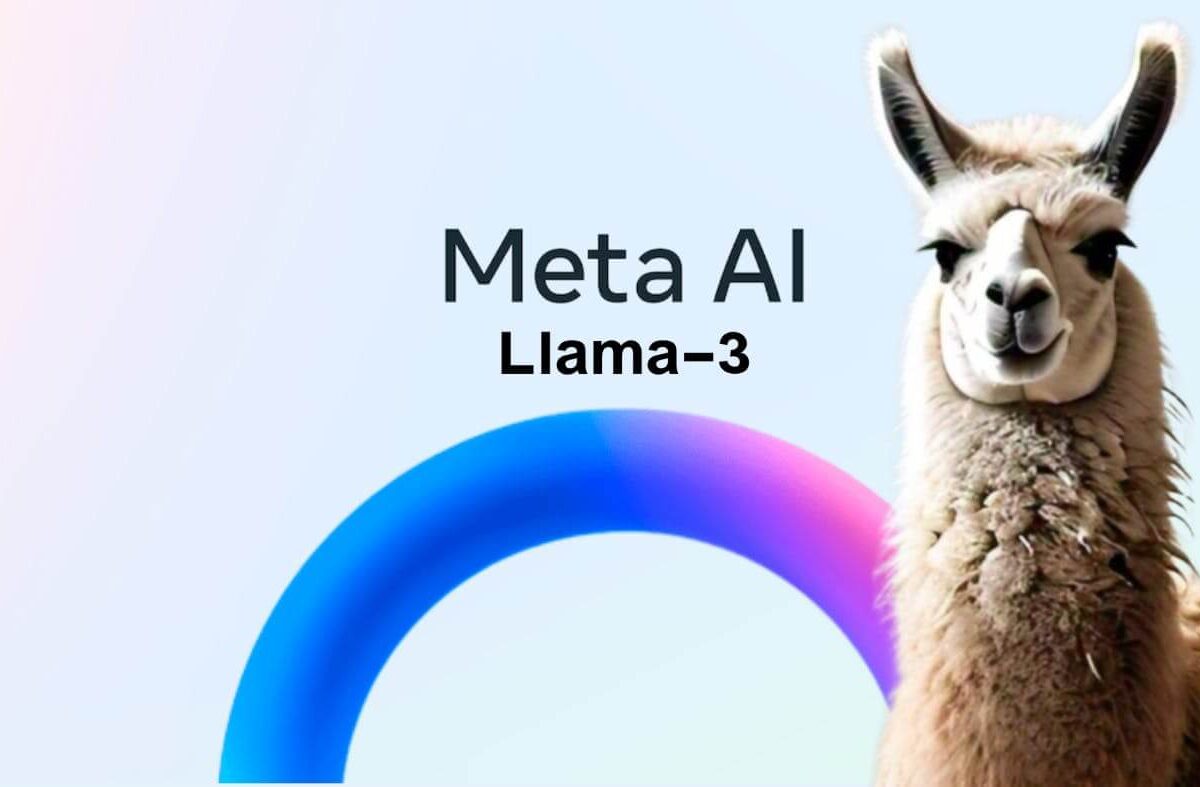Comprehensive Guide: Building a Llama 3 Langchain RAG Solution in Google Colab
In this in-depth tutorial, we’ll explore how to harness the power of Llama 3 and Langchain to create a robust Retrieval-Augmented Generation (RAG) system using Google Colab. This Llama 3 Langchain RAG guide is perfect for AI developers and enthusiasts looking to leverage cutting-edge language models and efficient retrieval systems without the need for local hardware setup.
Table of Contents
- Introduction to Llama 3, Langchain, and RAG
- Setting Up Google Colab Environment
- Installing Required Packages
- Setting Up Ollama and Llama 3
- Integrating Llama 3 with Langchain
- Building a RAG System
- Advanced RAG Techniques
- Troubleshooting and Tips
- Conclusion and Next Steps
1. Introduction to Llama 3, Langchain, and RAG
Llama 3, developed by Ollama, represents the latest advancement in large language models (LLMs). Langchain is a powerful framework for building applications powered by LLMs. Retrieval-Augmented Generation (RAG) combines the strengths of both retrieval systems and generative models, allowing for more accurate and contextually relevant responses.
2. Setting Up Google Colab Environment
Let’s start by configuring Google Colab for optimal performance:
- Open Google Colab and sign in.
- Create a new notebook.
- Set up GPU acceleration:
- Go to Runtime > Change runtime type
- Select GPU as the hardware accelerator
- Choose high RAM if available
Verify your setup with this code:
import tensorflow as tf
from psutil import virtual_memory
print(f"GPU available: {tf.test.is_gpu_available()}")
ram = virtual_memory()
print(f"Total RAM: {ram.total / (1024 ** 3):.2f} GB")3. Installing Required Packages
Install the necessary packages:
!pip install colab-xterm langchain langchain_community ollama transformers sentence-transformers faiss-cpu -q
%load_ext colabxterm4. Setting Up Ollama and Llama 3
Now, let’s install Ollama and pull the Llama 3 model:
%%xterm
curl -fsSL https://ollama.com/install.sh | sh
ollama serve & ollama pull llama3This process might take a few minutes. Ensure the model is fully downloaded before proceeding.
5. Integrating Llama 3 with Langchain
With Ollama set up, we can now integrate Llama 3 with Langchain:
from langchain_community.llms import Ollama
llm = Ollama(model="llama3")
response = llm.invoke("Explain the concept of RAG in AI.")
print(response)This step verifies that Llama 3 is working correctly with Langchain.
6. Building a RAG System
Now, let’s create a RAG system using Langchain and Chroma:
from langchain.chains import RetrievalQA
from langchain.vectorstores import Chroma
from langchain.embeddings import SentenceTransformerEmbeddings
from langchain.docstore.document import Document
# Create embeddings
embeddings = SentenceTransformerEmbeddings(model_name="all-MiniLM-L6-v2")
# Prepare documents
documents = [
Document(page_content="RAG stands for Retrieval-Augmented Generation in AI.", metadata={"id": 0}),
Document(page_content="Llama 3 is a large language model developed by Ollama.", metadata={"id": 1}),
Document(page_content="Langchain is a framework for developing applications powered by language models.", metadata={"id": 2}),
Document(page_content="Google Colab provides free GPU resources for machine learning projects.", metadata={"id": 3}),
Document(page_content="Vector databases are crucial for efficient similarity search in RAG systems.", metadata={"id": 4})
]
# Create vector store
vector_store = Chroma.from_documents(documents, embedding=embeddings)
# Set up RAG chain
qa_chain = RetrievalQA.from_chain_type(
llm=llm,
chain_type="stuff",
retriever=vector_store.as_retriever()
)
# Test the RAG system
queries = [
"What is RAG and how does it relate to Llama 3 and Langchain?",
"How can Google Colab be useful for AI projects?",
"Why are vector databases important in RAG systems?"
]
for query in queries:
print(f"Query: {query}")
response = qa_chain.run(query)
print(f"Response: {response}\n")This code sets up a basic RAG system and tests it with a few queries.
7. Advanced RAG Techniques
To enhance our RAG system, let’s explore some advanced techniques:
7.1 Implement custom retriever
from langchain.retrievers import ContextualCompressionRetriever
from langchain.retrievers.document_compressors import LLMChainExtractor
# Create a custom retriever with contextual compression
compressor = LLMChainExtractor.from_llm(llm)
compression_retriever = ContextualCompressionRetriever(
base_compressor=compressor,
base_retriever=vector_store.as_retriever()
)
# Update the QA chain with the new retriever
qa_chain = RetrievalQA.from_chain_type(
llm=llm,
chain_type="stuff",
retriever=compression_retriever
)7.2 Implement answer generation with sources
from langchain.chains import RetrievalQAWithSourcesChain
# Create a QA chain that includes sources
qa_with_sources_chain = RetrievalQAWithSourcesChain.from_chain_type(
llm=llm,
chain_type="stuff",
retriever=compression_retriever
)
# Test the new chain
query = "What are the key components of a RAG system?"
result = qa_with_sources_chain({"question": query})
print(f"Answer: {result['answer']}")
print(f"Sources: {result['sources']}")8. Troubleshooting and Tips
- If you encounter GPU memory issues, try reducing the batch size or using a smaller model.
- Regularly clear output cells in Colab to free up memory.
- If Ollama fails to install, ensure you’re using a compatible runtime version.
- Experiment with different embedding models to find the best performance for your use case.
9. Conclusion and Next Steps
Congratulations! You’ve successfully set up a RAG system using Llama 3 and Langchain in Google Colab. This powerful combination allows for sophisticated question-answering capabilities with the added benefit of source retrieval.
To further enhance your RAG system, consider:
- Expanding your document collection with more diverse and comprehensive information.
- Implementing a user interface for easier interaction with your RAG system.
- Exploring different LLM models and comparing their performance in your RAG setup.
- Implementing techniques for handling longer documents, such as chunking and sliding window approaches.
By mastering these techniques, you’ll be well-equipped to build advanced AI applications that leverage the power of large language models and efficient information retrieval.
Remember to save your Colab notebook and consider sharing your findings with the AI community. Happy coding!
